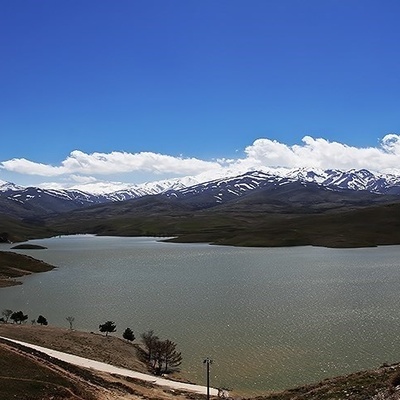SAEDNEWS: The process of activating the snapback mechanism at the United Nations takes 30 days, and if this action is carried out, extensive UN sanctions in the financial, banking, energy, and defense sectors against Iran will be reinstated.

Reuters, quoting four Western diplomats, reported that the United Kingdom, France, and Germany will probably begin the process of activating the snapback mechanism from Thursday but hope that Iran will provide commitments regarding its nuclear program within 30 days that convince them to postpone practical action.
According to Eghtesad Online, the process of activating the snapback mechanism at the United Nations takes 30 days, and if this action is carried out, extensive UN sanctions in the financial, banking, energy, and defense sectors against Iran will be reinstated.
Snapback Mechanism in Simple Terms
The snapback mechanism is one of the West’s key pressure tools against Iran within the framework of the JCPOA. Its activation can not only lead to the return of international sanctions but also result in consequences such as further depreciation of the rial, a decrease in trade exchanges, and increased instability in the political and economic scene.
The snapback mechanism is part of UN Security Council Resolution 2231, which was adopted after the signing of the JCPOA nuclear agreement in 2015. This mechanism allows JCPOA member countries (the United States, Russia, China, France, the United Kingdom, and Germany) to initiate the process of reinstating previous Security Council sanctions if Iran violates its JCPOA commitments.
Failure of Iran-US Negotiations and the Return of Snapback
Zoomit wrote about the danger of activating the snapback mechanism: at a time when the currency market is experiencing severe fluctuations and the dollar reached 99,000 tomans on the 5th of Shahrivar, this report holds special importance for economic actors. The Chamber of Commerce warns that the failure of negotiations could impose a combination of UN Security Council sanctions and secondary U.S. pressures on Iran’s economy, exposing the country to serious challenges.
First Scenario: Impact of the Snapback Mechanism on Iran’s Economy
In the optimistic scenario, despite the return of sanctions, Iran’s economy will perform as well as possible. In this case, the exchange rate will reach 115,000 tomans, inflation 60%, and economic growth a positive 1.5%. Although the unemployment rate will rise to 10.5%, the stock market value will grow to $120 billion.
Second Scenario: Impact of the Snapback Mechanism on Iran’s Economy
In the likely scenario, which has the highest probability of occurring, the economy enters a period of stagflation. The dollar surges to 135,000 tomans, inflation peaks at 75%, and economic growth falls to negative 1%. In this situation, unemployment reaches 12%, and the stock market value drops to $90 billion.
Third Scenario: Impact of the Snapback Mechanism on Iran’s Economy
The most concerning outlook is presented in the pessimistic scenario. In this case, Iran’s economy faces a deep crisis. The dollar rate reaches 165,000 tomans, inflation exceeds 90%, and the unemployment rate rises to 14%. Economic growth also falls to negative 3%, deepening the recession, and the stock market value declines to $65 billion.
According to experts at the Chamber of Commerce, factors such as the reduction of foreign currency reserves, limitations on oil sales, intensified inflation expectations, and geopolitical risks are the main reasons for this anticipated currency surge.
In addition, intensified sanctions, by disrupting supply chains and halting projects, will further contribute to production recession and increased unemployment. This report serves as a serious warning for policymakers and economic actors to understand the consequences of each scenario and take necessary measures for the future of Iran’s economy.

